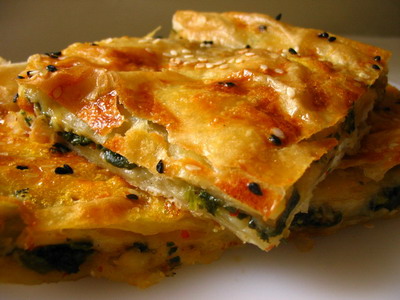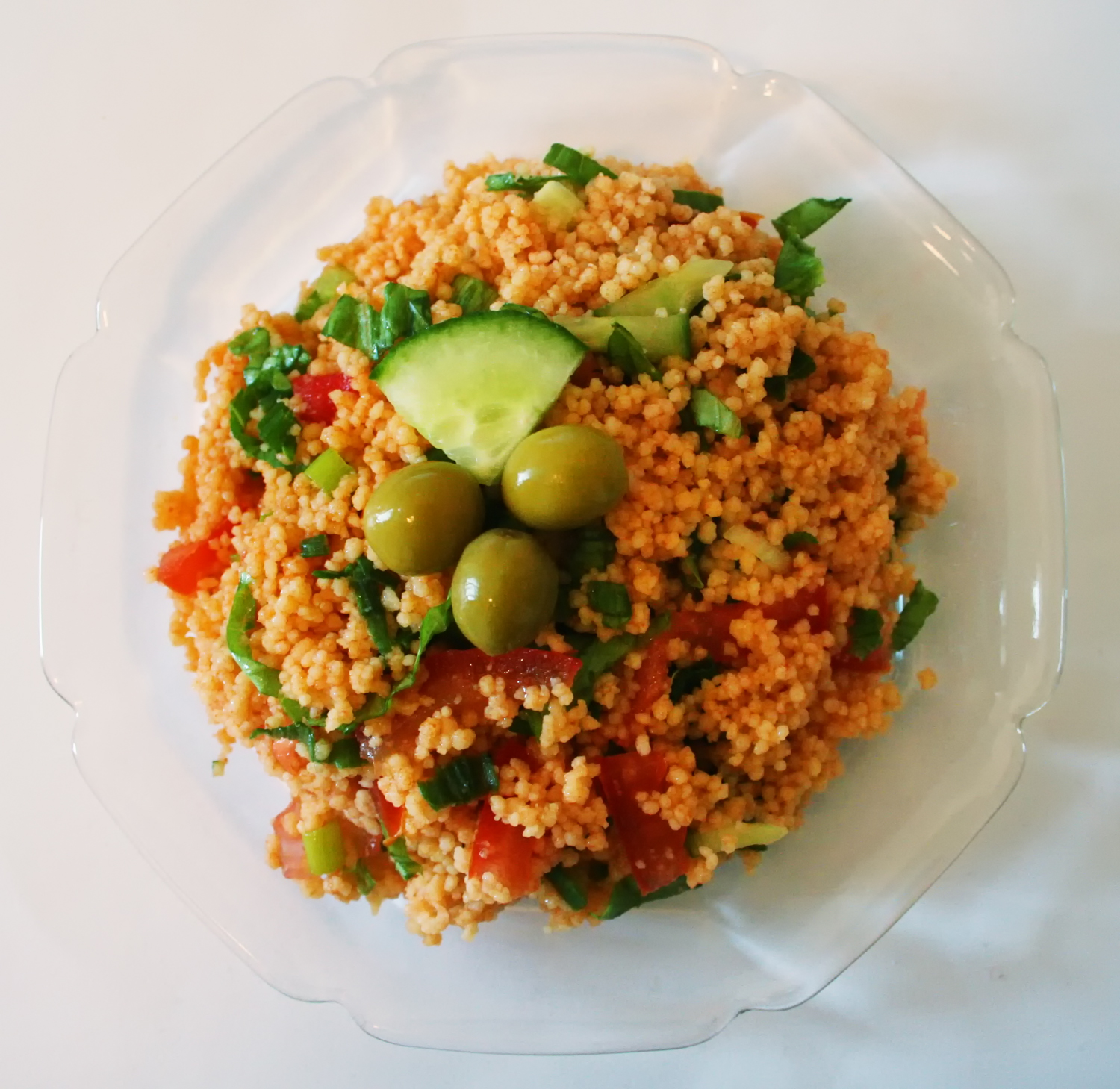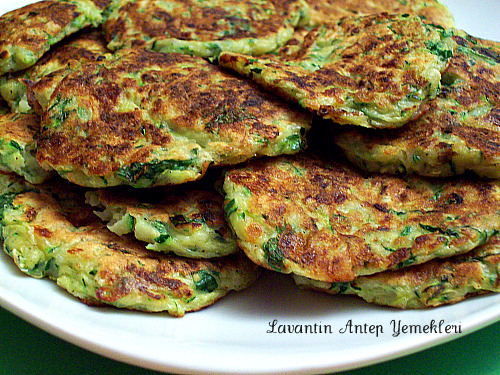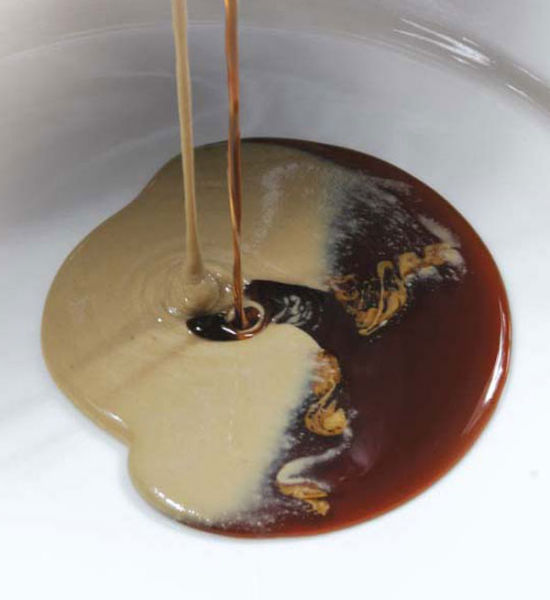sib87
Peace <3
Albanische Küche:Albanische Küche
Typisches Arberesh-Essen ,das sind Albaner die im Mittelalter vor den Türken geflüchtet sind. Die traditionellen Arberesh-Gerichte ,liegen einer Verbindung von albanischen Rezepten mit der bäuerlichen Pollino-Küche. Hoch im Kurs stehen hausgemachte Pasta und Lammgerichte
During many centuries of cohabitation there was surely an exchange of knowledge between Arbëresh and Southern Italians in the art of cooking. A strong acculturation process happened especially after 1960 where streets were built and contacts with nearby Italians intensified. This process affected local cuisine and nowadays traditional Arbëresh diet does not differ greatly from the local Italian population.[SUP][13][/SUP] However many typical Arbëresh dishes are still in use among them. Some of them are mentioned below.
While southern Italian cuisine has had a great influence on the Arbëresh diet, even samples of the inverse trend can be found. The dish called Verdhët whioch is very popularat in the neighboring Italian villages is one example of this trend.[SUP][14][/SUP]
- Strangujët - A form of Gnocchi called Strangujtë made with flour by hand, flavoured with tomato sauce (lënk) and basil. Traditionally this dish was consumed by families seated around a floor level table of wood (zbrilla) on the 14th September, the 'Festa e Kryqit Shejt' (Exaltation of the Cross).
- Grurët - Boiled wheat dish flavored with olive oil, known as cuccìa in the Sicilian language. The tradition is to eat it on Festa e Sënda Lluçisë. Variations are the use of sweetened milk orricotta with flakes of chocolate, orange peel and almonds.
- Kanojët - Cannoli, the universally famous Pianotto sweet dish. Its culinary secret is waffle (shkorça) of flour, wine, lard and salt and filled with sweetened ricotta, and lastly sprinkled with sieved chocolate.
- Bukë - Arbëresh bread (bukë) is prepared with local hard grain flour and manufactured to a round and mostly leavened shape with natural methods. It is cooked in antique firewood furnaces (Tandoor). It is eaten warm flavored with olive oil (vaj i ullirit) and dusted with cheese or with fresh ricotta.
- Panaret - Arbëresh Easter bread shaped either into a circle or into two large braids and sprinkled with sesame seeds. It is adorned with red Easter eggs. The Easter eggs are dyed deep red to represent the blood of Christ, the eggs also represent new life and springtime. It is traditionally eaten during the Resurrection Meal. After 40 days of fasting, as per the Byzantine Catholictradition, the Easter feast has to begin slowly, with a light meal after the midnight liturgy on Saturday night. The fast is generally broken with Panaret.
- Loshkat and Petullat - Sweetened spherical or crushed shaped fried leavened dough. Eaten on the eve of E Mart e Madh Carnival.
- Të plotit - A sweet cake in various shaped with fig marmalade filling, one of the oldest Arbëresh dishes.
- Milanisë - Traditionally eaten on the Festa e Shën Zefit and Good Friday, is a pasta dish made with a sauce (lënk) of wild fennel paste, sardines and pine nuts.
- Udhose and Gjizë - Homemade cheese and ricotta normally dried outdoors.
- Likëngë - Pork sausages flavored with salt, pepper and seed of Fennel (farë mbrai).
- Llapsana - Forest Brussel sprout (llapsana) fried with garlic and oil.
- Dorëzët - Very thin home-made semolina spaghetti, cooked in milk and eaten on Ascension Day.
- Groshët - Soup made of fava beans, chickpeas and haricot beans.
- Verdhët - During Easter a kind of pie is prepared with eggs, lamb, ricotta, sheep cheese and (previously boiled) leaf stalks of Scolymus hispanicus; in some villages, the young aerial parts of wild fennel (Foeniculum vulgare pipentum) are used instead.
Hallo! Und danke für die Liste! Kannst du ein paar Gerichte empfehlen?
Melinda.






























































.jpg)

